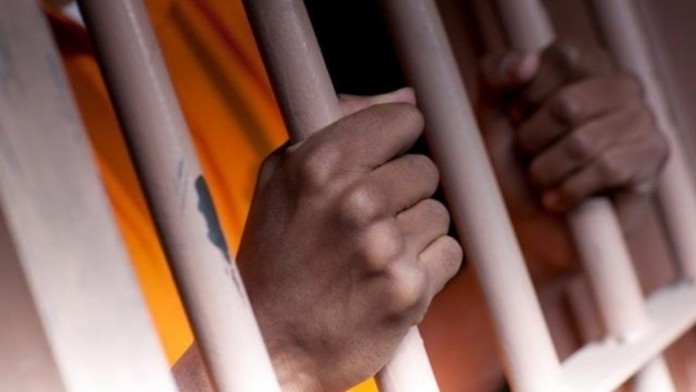-
Tips for becoming a good boxer - November 6, 2020
-
7 expert tips for making your hens night a memorable one - November 6, 2020
-
5 reasons to host your Christmas party on a cruise boat - November 6, 2020
-
What to do when you’re charged with a crime - November 6, 2020
-
Should you get one or multiple dogs? Here’s all you need to know - November 3, 2020
-
A Guide: How to Build Your Very Own Magic Mirror - February 14, 2019
-
Our Top Inspirational Baseball Stars - November 24, 2018
-
Five Tech Tools That Will Help You Turn Your Blog into a Business - November 24, 2018
-
How to Indulge on Vacation without Expanding Your Waist - November 9, 2018
-
5 Strategies for Businesses to Appeal to Today’s Increasingly Mobile-Crazed Customers - November 9, 2018
Justice Department Plans To End Use Of Private Prisons
Deputy Attorney General Sally Yates disclosed the decision today, and instructed officials to either stop renewing the private prisons’ licenses as soon as they expire, or substantially lower the contracts’ scope. The federal prison population has declined from 220,000 in 2013 to fewer than 195,000 now, according to the memo. From then on, they began contracts with private correctional institutions.
Advertisement
As of December 2015, more than 22,000 federal inmates – or about 12 percent of the total – were in private facilities.
Private prison companies claim that the facilities represent a cost-effective solution to America’s prison overcrowding problem, but Yates disputed that point.. Civil liberties groups have sued private prison companies over their treatment of migrant children.
The Justice Department began contracting out to private prisons about a decade ago, according to the memo, and now work with 13 prisons. Private prisons could still continue to operate on the state and local level. The decision follows a recent report from the U.S. Inspector General that found private prisons were less safe, for both staff and people housed in the for-profit facilities.
Ms. Yates also talked about how the private facilities have served an important role in the past few years when prison population exploded; however, they have recently proved to be less effective than others run by the government.
Due to the overcrowding of state-run prisons in the 1990s, the US federal government began to rely on private, for-profit prisons to accommodate the overflow, which reached a population peak in 2013.
In the United States, the federal government detains a relatively small share of the overall prison population, which is now about 1.6 million, according to the Prison Population Initiative.
Since the announcement, the two biggest private prison companies in the country, Corrections Corporation of America and GEO Group, declined about 25 percent.
Piper Kerman, whose book about her time in prison led to the show, wrote in an essay this summer that private prisons cut corners on staffing and safety measures in order to maximize profits. Numerous inmates are foreign nationals who are being held on immigration offences, the audit said.
Advertisement
“While an unexpected need may arise in the future, the goal of the Justice Department is to ensure consistency in safety, security and rehabilitation services by operating its own prison facilities”, said Yates in a statement.





























